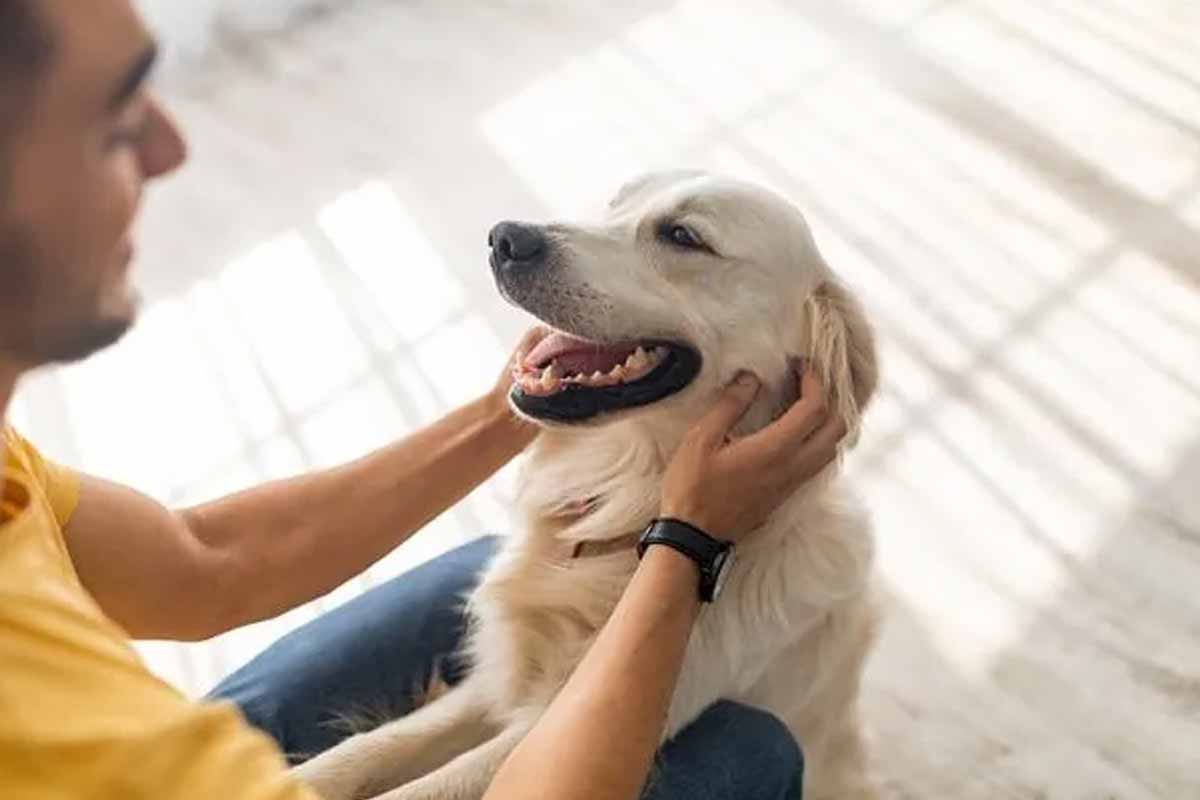Conversations with a pet often feel natural because the exchange, though one-sided, still connects. People who chat with dogs tend to show curiosity, warmth, and attentive habits shaped by psychology. The words may not get answers, yet they build a bond, reduce stress, and turn daily care into mindful routine. This simple ritual also sets the tone for how you read signals, manage feelings, and choose authentic ways to relate.
Why speaking to dogs feels natural
Talking to a dog starts with care. Pets depend on us, and responsibility grows with breed, age, and routine. Feeding, walking, and play set a rhythm that invites words. Owners use speech to guide, encourage, and soothe, while body language and tone carry meaning. The home becomes a safe stage where small talks anchor trust.
Loneliness can push that door open wider because silence often feels heavy. Words to a dog move the weight, and comfort returns. People think aloud, sort their day, and vent softly. Some even prefer quiet evenings with a pet since crowds drain energy. The house stays calm, while connection still lives.
Realities remain. Caring can be demanding, and time gaps hurt animals. Each year, abandonment happens for many reasons. Honest talk helps people confront limits early, plan support, and avoid rushed adoptions. Speech, in that sense, is not just affection; it is a tool for better choices shaped by psychology, empathy, and duty.
What psychology suggests about empathy and reading cues
Empathy shows when you notice small signs. Dogs smile with eyes, freeze when unsure, and shift weight when stressed. Owners who speak to pets often read these signals fast and respond with space, touch, or play. Trust grows because needs get met quickly, and fear drops.
A close bond forms as daily moments repeat. Routine lets you predict moods and act before problems rise. People say a friendly phrase, lower their voice, or change the room. The dog relaxes, then returns warmth. This cycle teaches care patterns that carry into human ties, too.
Speech strengthens the safe base. Dogs feel secure when tone stays steady and rules stay clear. Owners protect that base through calm words during noise, guests, or storms. The animal learns the world can be loud, yet safety returns. People practice patience, and psychology calls that secure attachment in action.
Emotional intelligence at home with a pet
Emotional intelligence shows up when you track feelings and choose helpful responses. Pet owners who talk to dogs tend to label moods, both theirs and the animal’s. Naming anger softens it because language frames it. The dog senses calm and settles, which reinforces the habit.
Many people process social strain at home. Crowded days can leave hearts tired, and dogs provide quiet company that feels enough. Words to a pet express needs without conflict, and tension fades. A short walk, paired with gentle chat, lowers stress while the bond stays strong.
These patterns travel back to people. Talking to a dog trains better timing, kinder tone, and clearer requests. The home becomes practice for tough talks elsewhere. Because success at home feels good, the skill sticks. The result is smoother meetings, fewer flare-ups, and steadier choices informed by psychology.
Creative talk, problem-solving, and mindful presence — insights from psychology
Speaking thoughts out loud supports thinking. When you describe a problem to your dog, ideas line up, and steps become clear. The voice slows the rush, which helps focus. Many owners report quick fixes after a calm chat, even though the pet stays silent.
This habit feeds creative thinking. New links appear as you frame issues in simple words. Fresh angles pop up because the mind stops juggling and starts sequencing. A nudge of play with the dog often follows, and that lightness opens paths that felt blocked minutes before.
Mindfulness grows through attention to the moment. You watch posture, ears, tail, and breath while you talk. Distractions fall away because the scene asks for full presence. Stress drops, and clarity returns. Daily practice wires that response, so bigger storms feel easier to ride with help from psychology.
Care, authenticity, and the quiet power of safe talk
A caring streak usually sits at the core. People who speak to dogs often enjoy nurturing. Food gets measured, routines stay steady, and health checks happen on time. Words wrap these acts with warmth, which strengthens loyalty, calms fear, and keeps the relationship stable through change.
Authenticity thrives because a pet will not judge. People say what they feel and release the pressure that builds in busy days. Relief shows up fast, as play or rest follows. That honesty then spills into human ties, where softer tone and clearer intent reduce friction and win trust.
Healthy limits matter as well. Owners who speak openly tend to set boundaries early: training rules, safe zones, quiet times. The dog reads them and flourishes because certainty lowers stress. People benefit, too, since consistency saves energy. Clear talk, steady routine, and practical psychology keep balance strong.
A forward look at the human gains this habit sustains
Talking to dogs reveals more than affection; it shows habits that strengthen daily life. People who speak kindly learn to read signals, regulate feelings, and solve problems with calm steps. The same skills help at work and at home because practice with a loyal listener builds steady confidence shaped by psychology.
